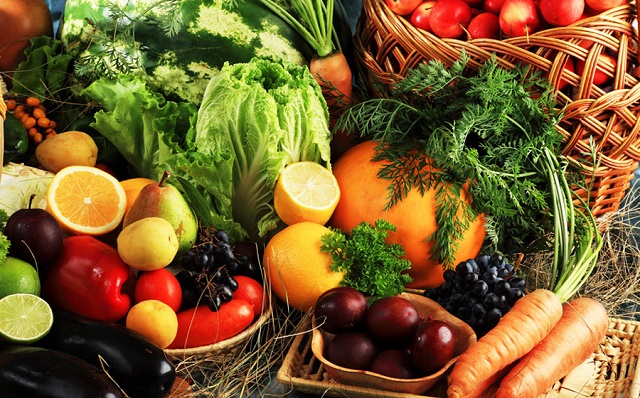
Oliver Kazunga, Senior Business Reporter
MORE local horticultural farmers should venture into organic production of fresh produce, which is on high demand in Sweden and the larger European Union market.
Zimbabwe is exporting between US$120 million and US$122 million worth of horticulture products annually, a figure below the country’s peak of about US$143 million between 1998 and 1999. At the time, Zimbabwe’s horticulture sector contributed 4,5 percent to the Gross Domestic Product (GDP) compared to less than one percent presently. Speaking during a two-day virtual seminar organised in partnership with ZimTrade last week, an official from Open Trade Gate Sweden, Mr Cyrille Hugon said organic production was a fascinating field that is registering significant growth in Europe as buyers from that market are craving for organic fruit and vegetables.
Open Trade Gate Sweden is a non-governmental organisation tasked with assisting exporters from developing countries such as Zimbabwe interested in the Swedish market.
“Organic production is a fascinating field, which is indeed a growing trend in Europe as you certainly know that buyers in Europe are requiring more and more organic products,” he said.
“If you want to go into organic production, it’s more than just changing your inputs from synthetic to just organic.
It’s really a choice that you make to change your farming system.”
Mr Hugon advised local farmers to do market analysis before venturing into organic production so that they know what is on demand in particular markets.
“For example, if you want to export to Sweden, you need to understand what type of organic products the Swedish buyers want. You need to understand what exactly is the competition and also the field in strong demand for organic products, for example chillies or sugar snaps,” he said.
Zimbabwe has a number of horticulture products that include citrus fruits, flowers, peas, chillies, sugar snaps and berries, among others. Prior to embarking into organic farming of fresh produce, Mr Hugon said potential exporters also need to see if they can meet other market requirements such as the volumes, packaging, logistics and the type of certification the market may require.
He also underscored the need to do a cost-benefit analysis as moving into organic production is actually a long-term investment where costs are incurred.
“Going into organic production, you will actually incur costs, changing your farming system is more labour intensive, you need training and certification, which is a cost.
“The benefits of course, is that you can get higher prices for your products when they are organic. The inputs might be a bit cheaper and also there are non-economic parameters to take into consideration, not just prices,” said Mr Hugon.
“There are also lots of other implications such as organic soil management and how to increase the yield. What we are saying is that there is a lot of cost benefit analysis to be made when deciding to go into organic farming.”
ZimTrade, the country’s national trade and development organisation said the purpose of the two-day digital seminar was to provide companies in the fresh produce sector with information regarding, technical requirements for the export of products to Europe and Sweden.
“The seminar is also aimed at giving relevant information about the Swedish market for fresh fruit and vegetables (structure, trends, certifications) and valuable business tips on how to do business with Swedish buyers.
“The presentations also included information on the use of private standards such as Global GAP as well as organic certification,” it said.
According to ZimTrade, Zimbabwe has a potential to generate more than US$1 billion from exporting horticultural products around the world, taking advantage of the country’s favourable climatic conditions and private sector participation. Official data shows that some of the products already contributing to the country’s export earnings are citrus fruits at 32 percent, flowers (25 percent) and peas (19 percent). — @okazunga.
